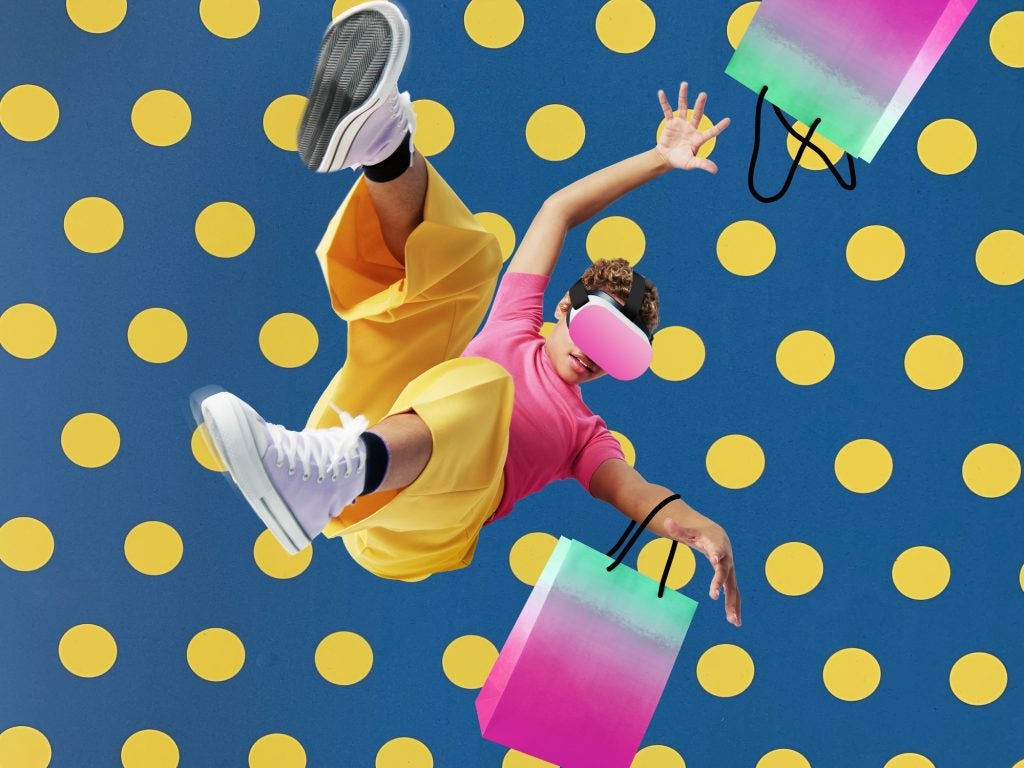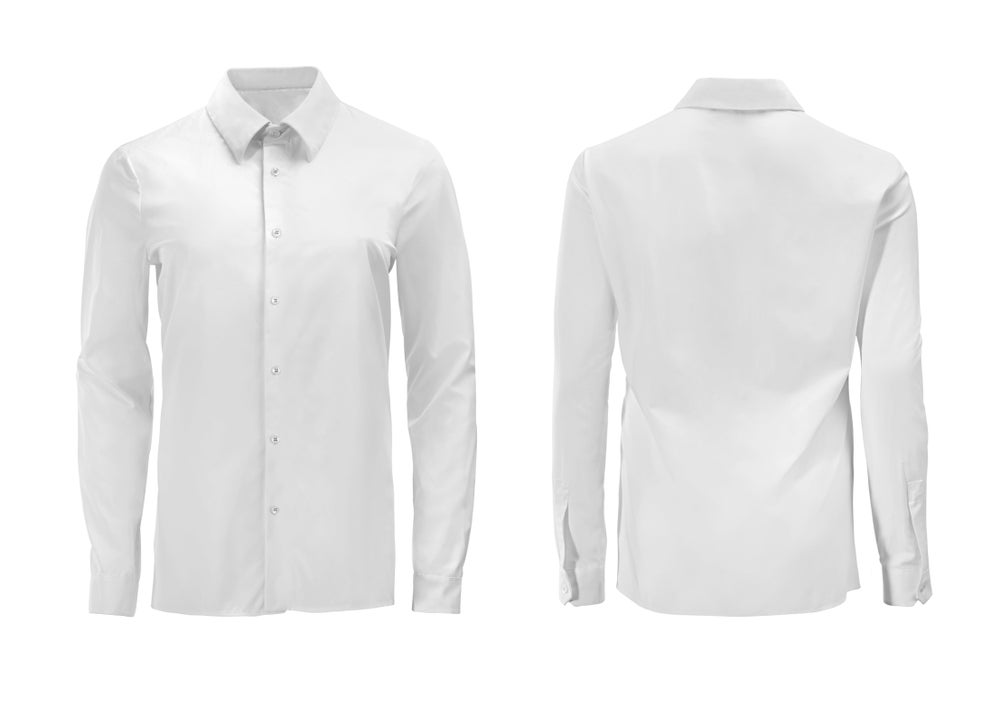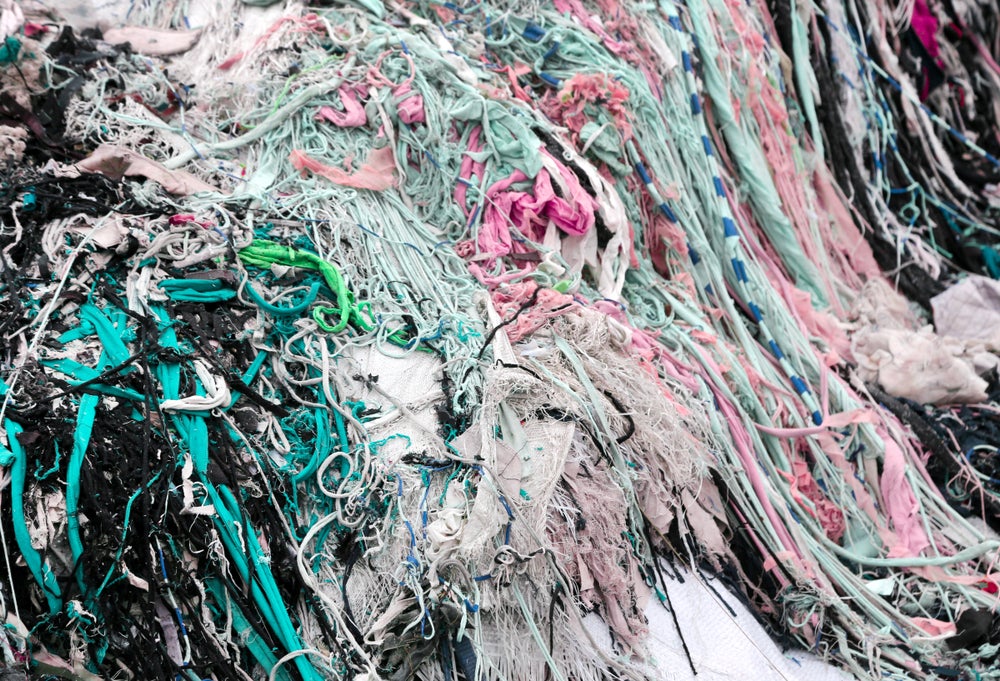The fashion landscape is rapidly evolving. While some of us are still getting used to simulated shopping experiences like VR changing rooms, the industry is already harnessing the power of Web3 and NFTs to reshape the way consumers interact with brands.
Global firm McKinsey & Company describes Web3 as the idea of a new, decentralised internet built on blockchains, which are distributed ledgers controlled communally by participants. While, NFTs by definition are Non-Fungible Tokens, meaning they can’t be replicated. It serves as digital proof of ownership that can then be bought or sold.
This transformation accelerated by Web3 and NFT is exemplified through Diesel's new project led by Kadine James, chief metaverse officer AI Web3 and AI Creative Director at Virtual XR studio Artificial Rome, who partnered with the brand to create an immersive digital experience.
Diesel recognised the need to adapt to the changing landscape of consumer engagement and got together with Jennifer Roebuck, chief marketing officer at Metaversal, who helped conceptualise and initiated the Diesel Metamorph Vert activation project.
Roebuck explains while she was still dabbling with the idea she thought it would be cool if the watch was a conduit into the metaverse and once you were in the metaverse, you still have all the "collectibles, engagement and the legacy piece" that carries forward with you, knowing that Diesel already had a Web3 community which was fairly nascent.
The Diesel project aims to bring the fashion brand into the metaverse, utilising Web3 technologies, NFTs, and digital experiences to captivate a new generation of fashion enthusiasts. The idea was to create a seamless connection between the physical world and the metaverse, offering consumers a unique and lasting experience. But at the back of all this ideation and planning was driving footfall.
Roebuck points out: "The other final piece is centred around commercial thinking. So at the end of the day, if we don't drive awareness of the watch collection, we don't drive footfall into stores to experience this Metaverse immersive experience, and then we haven't succeeded. So we had to make sure that every step of the way we were thinking about how do we commercialise this? How can it be something that's tangible?"
With a commercial viability and tangible outcomes at the forefront of the project, James' team at Artificial Rome collaborated to combine tech and aesthetics to construct a 3D world that not only involved going to the store to purchase Diesel's products but also allowed users to explore, engage, and dress up avatars in the virtual realm. This project offers a new way of experiencing fashion in the virtual world.
The user flow for the Diesel Vert activation involves purchasing a Diesel watch and scanning a QR code to onboard the digital user experience. The watch ownership comes with the promise of unlocking future experiences, hinting at a world where NFTs become keys to new possibilities. It is this very idea of offering something more than just a watch, as James notes, "it opens up more opportunities for brands like Diesel to using blockchain, using NFTs and immersive worlds to connect with the consumer base."
Roebuck adds to this: "One of the elements around the user flow is the non-purchase flow. The idea there is if you can excite people to come into store not only to check out Diesel but to have some type of collectible, that leaves you with a new audience to interact with in the future. And so they should be looking at future drops or collectibles because Web3 loyalty programmes offer a much deeper connection, than say, somebody sending an email. It makes for a valuable experience."
This integration of technologies like NFTs and Web3 highlights the changing landscape of the fashion industry and at the same time marks a shift from the traditional marketing model.
James believes that moving forward more brands will connect with the next generation of customers online and in virtual spaces to be able to track those audiences for capturing data, monitoring and evaluating the success of dwell time, i.e., seeing what people are actually purchasing and where are they spending time in 3D worlds and other spaces.
According to her, it all comes down to "building a meaningful experience" with the audience whether that's in store, virtual world, on the next iteration of the internet, or the metaverse. Moreover, the deep engagement metrics, like dwell time, showcase the importance of immersive experiences.
Data revealed by GlobalData suggests NFT patent publications in the apparel sector over the last five years are being dominated by sports brands like Nike, Under Armour and Adidas.
Top NFT patent companies in apparel industry (Nov 2018-Nov 2023)

Nike has a total of 2,754 publications, followed by 213 by Under Armour and 191 by Adidas. The list includes other apparel brands like Levi Strauss & Co, VF Corp and Authentic Brands Group.
The apparel industry is already making strides with incorporation of NFTs, as is evident from the German sporting goods giant Adidas' third collaboration into the metaverse with the luxury fashion firm Prada.
The project was described as a first-of-its-kind non-fungible token (NFT) collaboration featuring user-generated and creator-owned art with the aim of bringing together participants across fashion, design, and crypto to co-create a large-scale digital artwork inspired by the physical Re-Nylon collection.
In another instance, denim giant G-Star Raw unveiled its first denim art NFTs amid plans to build a digital community that will collaboratively define what it should do in the Web3 space.
The future may well see consumers dressing up avatars, attending virtual concerts, and owning NFTs that unlock unique experiences. The Diesel Metamorph Vert project is just one example of the transformative power of Web3 and NFTs in the fashion apparel industry. By embracing new technologies, brands can unlock a new pathway for engaging and driving customers in meaningful ways.















